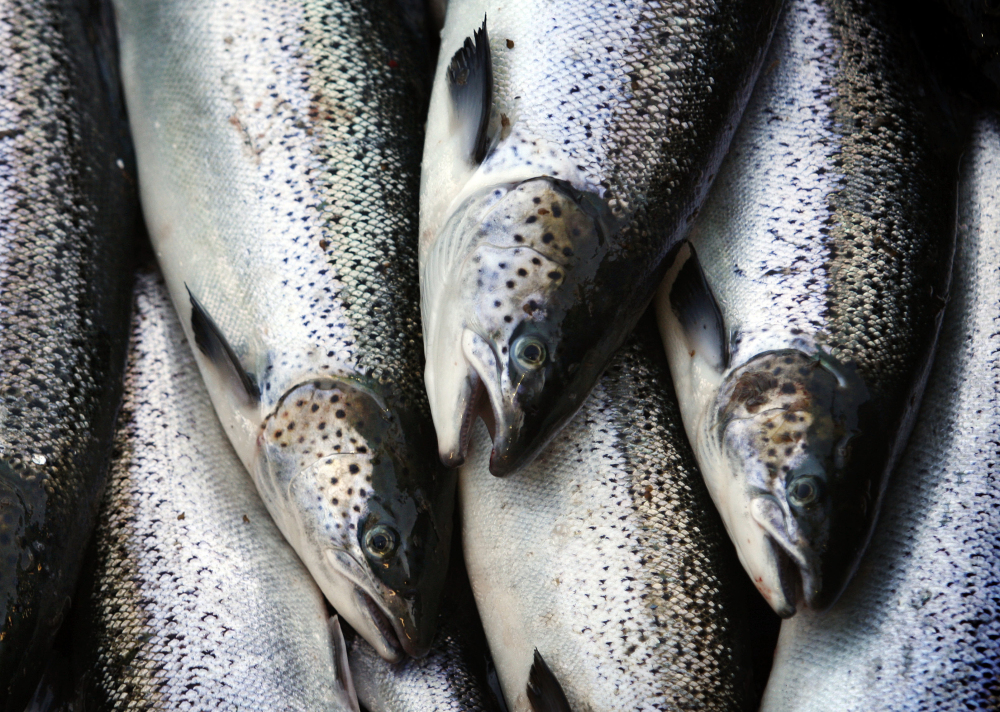Maine’s endangered salmon will need restored habitats, removal of dams, aggressive hatchery programs and other conservations actions if its population is to rebound, according to a federal government plan to save the fading and iconic fish.
The U.S. Fish and Wildlife Service has released a recovery plan for the Gulf of Maine salmon, listed as endangered in 2000, that is intended as a roadmap to sustainability for a fish whose populations have plummeted since the 1800s.
Recovery will take time and patience – the plan estimates 75 years and $350 million, which would have to come from some combination of federal, state and private money. The wildlife service estimates 100,000 adult salmon returned to the Penobscot River each year in the 19th century, and less than 750 of the fish returned to spawn in Maine rivers last year.
Maine’s salmon face numerous threats, and one of the biggest is the continued presence of dams that prevent them from spawning, said Dan Kircheis, a fisheries biologist with the National Marine Fisheries Service. He said there are 400 dams in the state in areas that affect salmon.
“We have to be strategic about which will have the most conservation impact,” he said. “That’s making modification to dams, taking out dams.”
The fish shares a unique place in Maine’s history as the subject of the “Presidential Salmon Tradition,” in which the first salmon caught in the state was sent to president every year. The tradition lasted for eight decades, ending in 1992. The state closed the Penobscot to salmon fishing later that decade in a move that once seemed unthinkable, but was considered necessary to preserve the species.
Dwayne Shaw, executive director of the Downeast Salmon Federation, said the report should illustrate to state officials that salmon conservation needs to be a priority. He said his organization’s hatcheries, which raise salmon, will play a role.
“We know recovery is possible,” Shaw said. “The species is resilient, because that species hasn’t gone extinct.”
The report states that the salmon also face threats such as climate change, competition for food with other species and inadequate regulation of water quality. It also states that commercial fishing off Greenland remains a threat to the species that must be addressed.
The National Oceanic and Atmospheric Administration released a report earlier this year that identified working with Greenland to reduce fishing pressure as a key to help save the salmon. Most of America’s last wild Atlantic salmon spawn off of Greenland.
The fish and wildlife service and NOAA, which is also involved in the recovery effort, are taking public comments on the plan through May 31.
Send questions/comments to the editors.



Comments are no longer available on this story